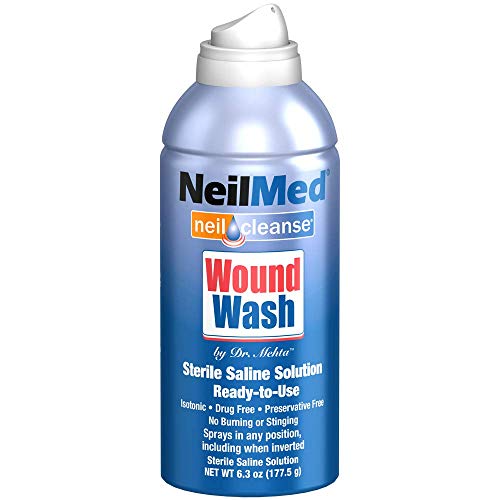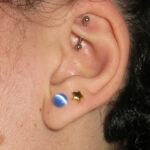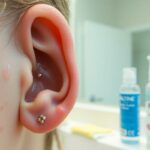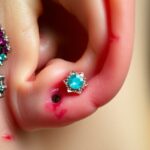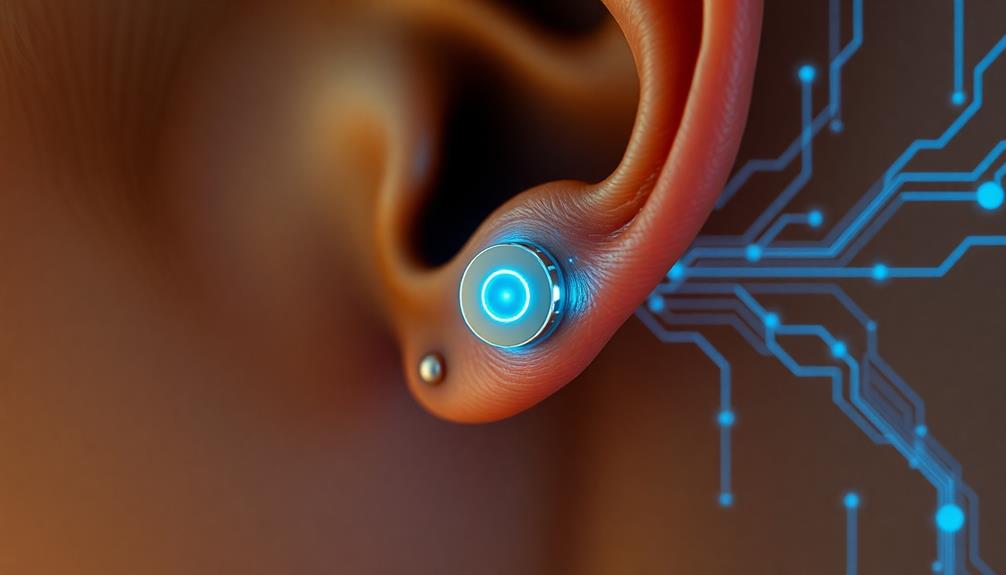Opting to get a piercing can be an exciting experience, but before committing to it, it’s important to educate yourself on different aspects. There are numerous potential risks linked to piercings, and it is essential to comprehend these dangers before proceeding with getting one.
Infections
An infection caused by piercings could be very serious. Untreated infections can lead a to abscesses which are full of pus. They can also spread to other areas of the body. Symptoms of an infection can include redness, swelling, and an unusual discharge. You should immediately seek medical attention if you notice any of the above symptoms.
There are many factors that can cause an infection of the ear piercings. Poor hygiene, injury, or infection of the piercing device are some of the most common causes of ear infections. Infections can also happen in the tongue and oral piercings. It is important to keep your piercings clean and dry to prevent infection.

An infection in ear lobes is less likely to occur than infections in soft tissues above the earlobe. While a minor infection may clear up within a week, severe infections require immediate treatment. The infection can be treated orally or topically with antibiotics.
A piercing may become infected by bacteria, yeast, or fungi. A piercing may also become infected due to an allergic reaction to metal. Nickel, cobalt and gold are the most common metal allergies. You may not be able to wear jewelry made from these metals if you have an allergy to one of them.
When a piercing is infected, it can be very painful. An infection can also cause redness and swelling around a piercing site. An infected piercing may also produce a foul-smelling odor. Redness, pain and swelling are all possible symptoms.
A piercing can become very sensitive so it is important to avoid touching it with your dirty hands. If a piercing becomes infected, it should be cleaned immediately. Apply a topical antibiotic cream to the affected area. You may also need to administer intravenous (IV), or antibiotic pills.
If you notice signs of an infection, such as a foul-smelling odor, burning around the piercing, redness, or swelling, see a health care professional. The infection may be caused by bacteria, fungi, or yeast, and the symptoms of infection can include redness, swelling, and discharge.
A piercing of the ear may become swollen, tender, itchy, or even painful. You may also notice a yellowish or green discharge.
Damage to teeth and gums
Numerous studies have shown that oral piercings can cause damage to teeth and gums. The most common damage is the injury to the teeth and gums. These injuries can include chipped or broken teeth, recession of gums, and other serious dental complications. A number of studies have found that wearing barbell tongue piercings can increase the risk of gum recession.
Gum recession is when the gums recede, leaving the roots of teeth vulnerable to tooth decay. Recession can also cause a poor aesthetic look. It can also cause pain or sensitivity. Some people require surgery to repair this damage.
Serious infections can also be caused by oral piercings. These infections can spread to the gums and other areas of the mouth. An infection can be characterized by redness, swelling, pain, and other symptoms. In severe cases, the infection can travel to the internal organs and cause toxic shock syndrome. Aside from the dental complications that result, oral infections can also lead to bad breath.
Regular cleaning of the gums, teeth and tongue is essential to avoid infection. Piercings should be cleaned and sterilized before being placed in the mouth. The oral cavity is a breeding place for bacteria. The risk of infection increases if bacteria builds up at the roots of teeth.
Piercings can also damage the enamel on the teeth. Tooth sensitivity can be caused by a small metal ring that is worn for a prolonged period. Also, rattling jewelry against the teeth can expose the nerves and cause pain.
An increase in saliva production can also be caused by oral piercings. This can lead to a rise in plaque and calculus that will need professional cleaning. Also, piercings can affect the way the teeth bite. Tooth sensitivity can indicate a fracture, and a pierced tooth may require fillings or root canal therapy.
Piercings also cause bad breath. They can also cause gum recession and plaque buildup. Piercings should be cleaned regularly and the pierced teeth should be flossed twice a day. Flossing helps remove food debris from the mouth and helps prevent tooth decay.
Rejection
Getting rejection from a piercing can be a frightening experience. There are ways to address the problem at home, however.
To determine if you have an infection, the first thing you need to do is to check your skin. Infections can make your immune system go into overdrive. This can make it harder to heal your piercing. If you have an infection, you should see your doctor.
Other things to watch out for include weight changes, friction, and an inappropriate piercing technique. These can all lead to rejection. If you are able to re-pierce in the same location, try a different size or shape of jewelry. To make your piercing less likely to be rejected, you can also try a different type of jewelry.
Avoiding all things that could trigger rejection of piercings is the best way to prevent it. For example, you should avoid touching your piercing or jewelry with your fingers. You can transfer germs and dirt from your hands to the piercing if you touch it. Using a wet, warm towel can also help reduce swelling.
You can also keep the area clean to avoid rejection. A gentle cleaning can be done with diluted Tea Tree Oil. You can also apply a saline solution to the area. If the piercing has been moved from its original location, you may need to remove the jewelry to close the exit hole.
The migration of your piercing can also lead to rejection. The body’s immune system may try to push the jewelry out of your body. This can cause the piercing to move in a different direction. The jewelry will begin to hang differently. Your jewelry’s holes will also change.
Your doctor will give you the best advice on how to handle rejection due to piercings. If you have an infection, you should see a doctor right away. It is important to keep your piercing clean to reduce the chances of scarring. If you pierce a nipple, the chances of rejection are lower. The chances of rejection are even lower if you have a piercing in the ear.
Speech and eating issues
Oral or body piercings may cause speech and eating problems. If you have one, make sure to brush, floss, and rinse your mouth with antiseptic mouthwash every day.
If you are considering getting a piercing, consult your doctor to make sure it’s a good choice for you. Your doctor should be aware of any allergies or other health conditions.
Your tongue piercing should not be used to touch your teeth. The jewelry may chip your teeth or cause injury to your gums. This can also lead to infection.
Additionally, jewelry can break, resulting in a root canal and tooth extraction. Gum disease can also occur.
Make sure you have the latest immunizations and tetanus before you get a piercing. Also, you should check your piercing regularly to make sure it’s not getting infected. It may also be sensitive to nickel.
It is normal for your new piercing to bleed slightly the first few days. You may also experience swelling of the skin surrounding the piercing for a few days.
In addition, if you eat or drink anything while your tongue piercing is in place, it can cause you to swallow bacteria and other harmful particles. This can lead to an infection that could cause speech problems.
You should avoid touching your piercings and engaging in strenuous activities. If you are unsure of how to eat or drink while having a piercing, consult your dentist or your doctor.
You should never drink alcohol while having a piercing. Also, be sure to drink plenty of water to keep your mouth hydrated. Avoid touching the jewelry with your teeth. This can cause it to loosen and become choking hazards.
Piercings are a great way to express yourself, but you should be aware of their complications. You can make the best decision for your teen and yourself by learning about the risks. You should also discuss with your teen the pros and cons of having piercings.
A study on the impact of tongue piercings on oral health found that the longer the piercing, the greater the impact. Also, the more blood vessels there are in the tongue, the more likely it is to develop an infection.
I’m Gillian. I love piercings and tattoos- there’s something about the way they make your body look that just makes me happy. I started this blog to share my passion for piercings and tattoos with the world and to help people who are thinking of getting their first piercing or tattoo.
I’ve been writing about piercings and tattoos for a while now on piercings-body.com. I love sharing my knowledge with others and helping people make informed decisions about their bodies.


